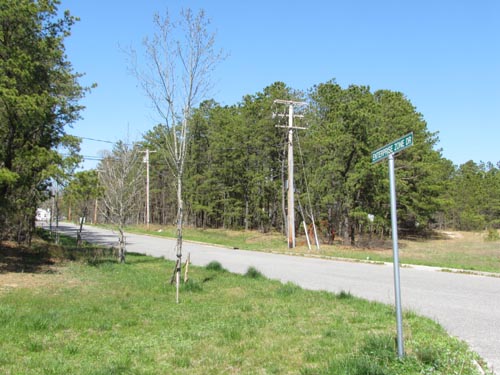Editorial: Riverhead schools mishandled bus barn planning

The Riverhead School District’s long-term plan to build a new bus storage and maintenance facility on the Phillips Avenue Elementary School property in Riverside — and ultimately reconfigure ball fields on the district’s main campus — isn’t a poor land use plan. The way it was crafted and presented to the public was, however, poorly executed.
And if two ballot propositions related to the plan fail in the May 21 vote, the superintendent and school board members will have only themselves to blame.
As with much school board business, the plan was hammered out behind closed doors. It was presented to the public for the first time in March, just eight weeks before residents will be asked to approve the propositions. We’ve since found that district officials never actively sought input from community leaders in the affected hamlets, Riverside and Flanders, nor did they ever meet with Southampton Town officials to discuss the bus facility plans for Riverside.
The school officials and consultants who put the current plan together may just have wasted a huge amount of time, because a major component involves the purchase of a 1.5-acre parcel of land within the Riverside Enterprise Zone. The acquisition of that parcel would allow buses to travel from the Phillips Avenue property to Route 24 without passing through residential neighborhoods.
It’s good school officials kept in mind the idea of acquiring affordable land in a non-residential area. The problem? Local and elected leaders in the Southampton side of the school district have worked for years to try to bring jobs and a commercial tax base to Flanders, Riverside and neighboring Northampton.
The enterprise park property — a former drive-in movie theater at which Blue Duck Bakery plans to open a production plant — is envisioned as a key to reducing the residential tax burden in the hamlets. Had school officials bothered to involve the town and community, they could have learned early on that locals only want to see economic activity at their industrial park. Under the district’s plan, not only would the property never be built upon and improved, it would be owned by a government entity, and thus come off the tax rolls and compromise the vision for the park (however small the amount that would come off the tax rolls).
It’s also impossible to ignore the district’s recent history when it comes to infrastructure bonds. In 2010, a $123 million bond proposal was also hammered out behind closed doors before it was presented to the public. It failed by wide margins. School officials then called for the creation of a bond committee — called the Community Partnership for Revitalization team — which, with public involvement, worked on a new proposal. The bond then shrank by $45 million, and a $78 million proposal passed in 2011 by a margin of 53 to 47 percent — in part because it eliminated elements like a new bus facility and reconfigured athletic fields.
Now people are left to speculate whether officials are trying to get their original wish list of items approved through piecemeal efforts. Is a savings fund for a new gym, which was rejected by voters in a separate 2011 proposition, coming next?
That’s why public discourse is important with all big-ticket items. There are smart, innovative people in our communities. They should be considered valuable resources to help plan the future of our schools — as they were with the CPR committee — and not cut out of the process.








